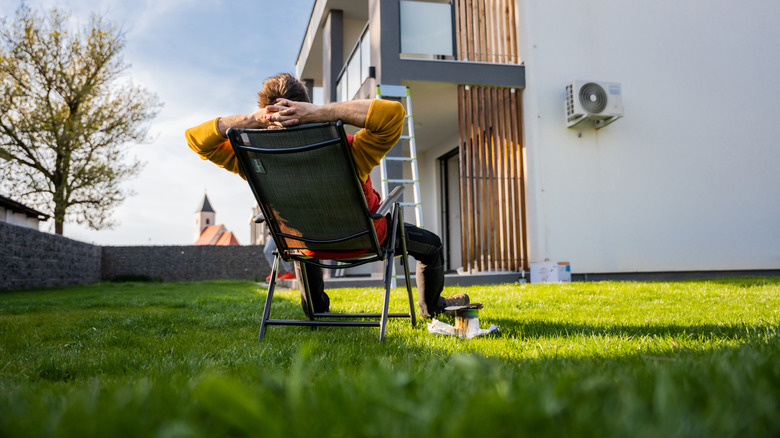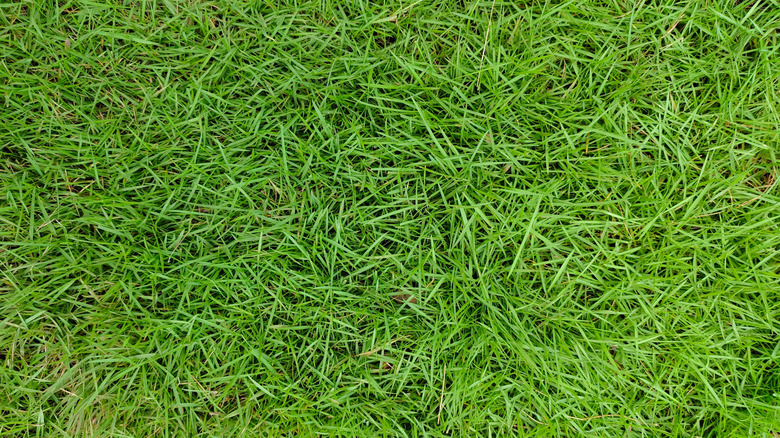The Sleek Ground Cover That Practically Takes Care Of Itself
Healthy lawns reduce noise, create a safer environment for play, absorb pollutants, and improve water quality. Deriving all these benefits requires work. Turf needs to be watered, fertilized, and mowed, and some grasses are needier than others. Low-maintenance zoysiagrass (Zoysia spp.) is drought resistant, grows into a lush, dense, green lawn, and thrives in full sun. Zoysia, also known as Korean grass, needs minimal fertilization, and establishes itself readily when sodded or grown from plugs. Under normal rainfall conditions you'll only need to irrigate an established lawn if the leaves of grass wilt or change color. Unlike its faster-growing relatives, zoysiagrass also requires less frequent mowing.
There are 11 species of zoysia grass, but only three are commonly used in lawns and playing fields in the United States. Zoysia japonica, the sole variety with commercially available seed, is used most often. The matrella and tenuifolia species are less hardy and slower growers. The grasses, introduced into the U.S. in the mid-1890s, are hardy in USDA zones 5 through 11. Zoysia is a warm-weather grass, so you can expect it to turn brown in the off-season. However, you can tell the difference between dead and dormant zoysia grass with a quick test.
The 'Meyer' variety of Zoysia japonica earned its "super grass" moniker because of its cold-hardiness, quicker greening in the spring, slow growth, exceptional density, and deep green color. Because of its density, it's a good choice for high-traffic areas. 'Meyer' is also slightly shade tolerant.
Growing and maintaining a zoysia grass lawn
Because zoysia is difficult to start from seed, plugs and sodding are used to grow most lawns. Plugs, small grass plants started at a nursery, are placed in holes 6 to 12 inches apart and watered frequently until they're established. Sodding is an expensive way to create a lush landscape, but it's the easiest and most effective way to an "instant" lawn. There are important soil preparation steps for sodding. Start by stripping out old plants and grass, tilling, grading, and fertilizing the plot before laying sod.
Mow the lawn as you please once the grass gets 3 to 4 inches tall. When it's time to start watering the lawn regularly, do so to a depth of 6 inches, from rainwater and/or irrigation. Fertilize once in the spring if the color of the grass begins to fade or if its growth slows.
Thatch build-up is one of the most common problems with zoysia lawns. When dead and living grass intermingles, it forms a thick barrier between the leaves and soil, making it harder for air, water, and fertilizer to reach the roots. There are a few treatments for thatch, including top-dressing the lawn and using special mowers that dethatch, but the problem can be avoided with proper lawn maintenance. Zoysiagrass can be susceptible to nematodes, tiny roundworms that feed on grass roots. Again, proper lawn maintenance can keep nematodes from becoming a problem.

